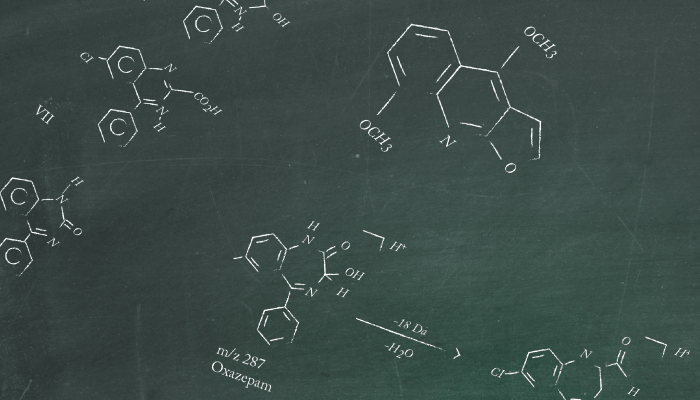
An understanding of the individual unit processes of an analytical method is, in my opinion, a very worthwhile inclusion in appropriate undergraduate and postgraduate courses. This is an important addition to lectures and tutorials on individual instrumental techniques of analysis, such as AA, IR, UV, GLC, HPLC, MS, NMR, and so on.
At the practical level in academia and industry, consider a method involving solid phase extraction followed by HPLC-MS; if it is more than adequate for the determination of a drug and its metabolites in a particular biological matrix then there is no need for further investigation into the unit processes of the analytical method. However, if an analytical method is found to be insufficiently sensitive to detect a new drug in a particular biological matrix, the use of a different preliminary sample preparation step or different solid phase extraction chemistry may enable detection and determination. In other words, it is not always necessary to invest in new instrumentation to solve such analytical problems – if you know where to look!
The involvement of analytical science in recent times with the detection and determination of large biomolecules in biomatrices, with its relevance in areas such as drug development and health science in general is a particularly exciting research area.
Read Franklin's original article here.




